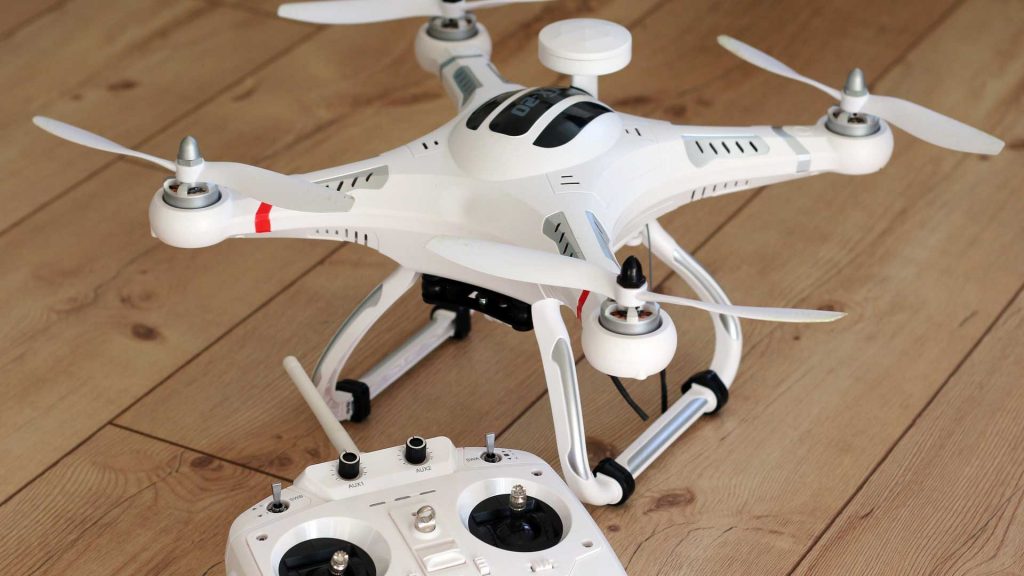Surveying with a drone offers enormous potential for the professionals. It is possible to carry out a survey as high quality as a traditional survey in just a fraction of the time with drones.
Drone mapping reduces the costs of a survey substantially and reduces the risks of working directly in the field. That’s why drone aerial mapping has gained popularity in the last few years across middle-east and the rest of the world.
Drones offer some key benefits in aerial mapping. It is relevant now and for a long time going into the future.
Leaning on the New Tech
Technological developments provide us with rotor-wing flight times of up to around 40 minutes and fixed-wing drones of up to 3 hours. Most drones range in size and payload capacities. However, we have the potential to take a vertical format of up to 42mp still shots, giving you extremely detailed visual images.
These photos are routinely captured, and all of them are GPS-located. Some UAV systems come fitted with RTK systems that compare the images with accurate GPS position data. It helps to process highly accurate aerial maps without the need for details of ground control points.
Key Benefits
Today, these high-resolution and extremely detailed aerial maps provide exceptional value that other tools do not. The fundamental aim is to improve productivity and cut costs.
Less Field Time
Larger sites can take days and even weeks for land surveyors to gather information using conventional techniques. Collecting the same knowledge by drone technologies saves time. It is up to five times quicker to collect topographic data with a drone than with land-based approaches.
Accurate Data
A variety of high-definition images are captured from multiple angles by drone cameras, generating thousands of precise data points, including geo-references, height points, and colours. This enables developers to create a site or building with 3D models.
Precise Measurements
Maps created using data from a drone can be used to obtain exact distances and volumetric quantities. The data looks more practical when a drone is integrated with surveying ground. When a new commercial initiative is in the works, the images and photographs captured from the drone are an excellent opportunity for customers and the media.
Safer Option
Land surveying can be a risky task with safety concerns all over the site. The need for surveyors to navigate unfamiliar terrain can be removed by aerial surveying drone and help prevent high-risk conditions, such as on rail tracks or on rugged terrain.
LiDAR Mapping
Another method from which complex measurements are taken to construct maps and scale figures is by Lidar. A drone fitted with a laser measurement instrument fires lasers at distant targets and, with a sensor, collects the reflected light.
The Lidar drone can report exact data concerning distances and orientations using the elapsed time of a beam’s round trip. A drone can also provide more accurate visual depictions of artifacts, structures, and an area’s topography than conventional survey mapping.

